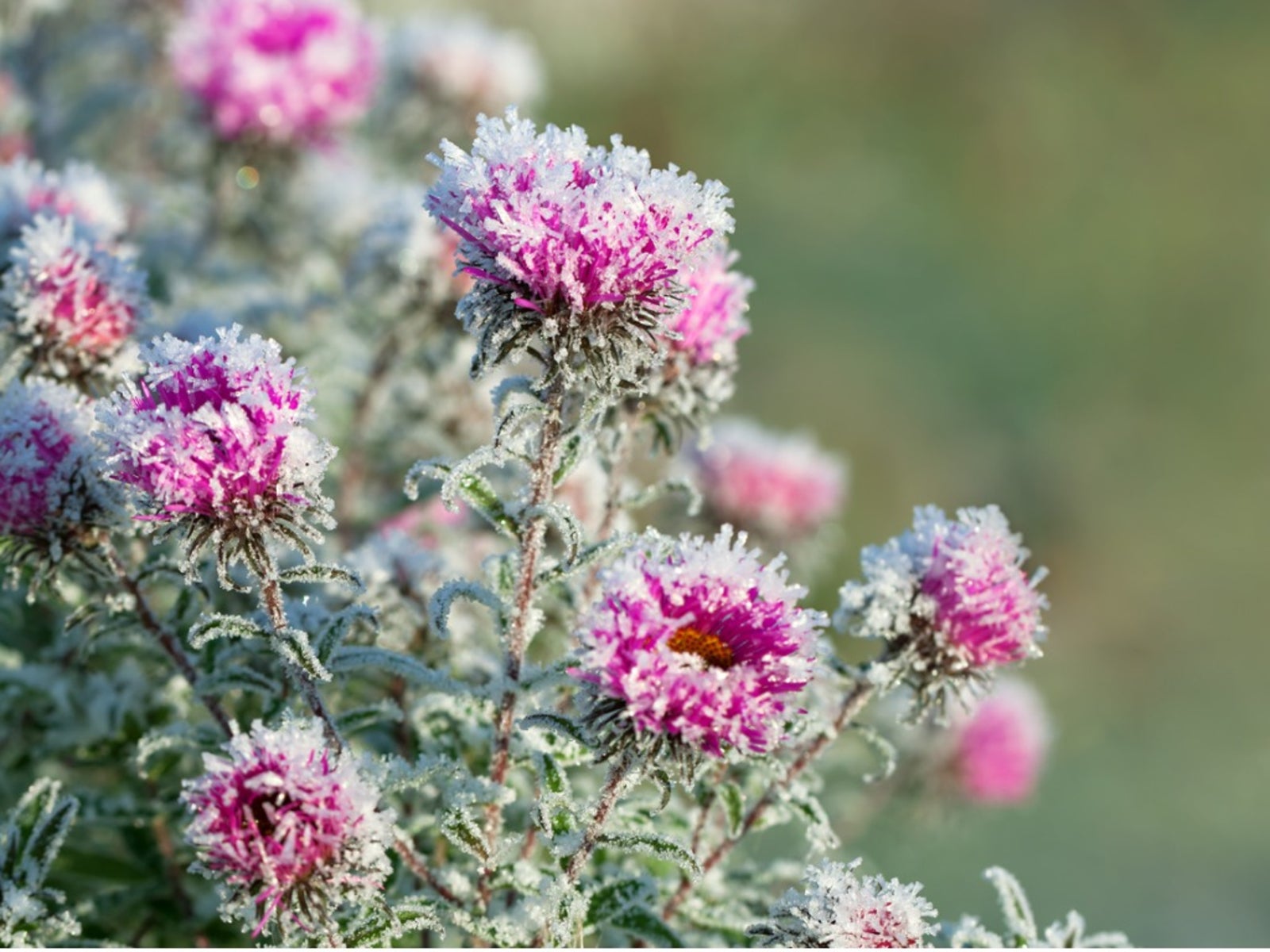Tips For Saving Cold Damaged Plants


How much cold will kill a plant? Not much, although this is usually dependent on the hardiness of the plant as well as the climate. Typically, temperatures falling below freezing will quickly damage or even kill many types of plants. However, with prompt care, many of these cold damaged plants can be rescued. Better still, protecting plants from freezing cold and frost before damage occurs is generally a good idea.
How Much Cold Will Kill a Plant?
How much cold will kill a plant is not an easy question to answer. Be sure to look up the cold hardiness for the plant in question before leaving the plant outside. Some plants can survive sub-freezing temperatures for months while others cannot take temperatures below 50 F. (10 C.) for more than a few hours.
What Happens to Cold Damaged Plants?
While many people ask how much cold will kill a plant, the real question should be how much freezing will kill a plant. Freeze damage to plant tissue can be detrimental to plants. Light frost typically doesn't cause major damage, with the exception of very tender plants, but a hard frost freezes water in plant cells, causing dehydration and damage to cell walls. Cold injury is more likely to occur as the sun comes up. As a result of these damaged cell walls, the plant defrosts too quickly, killing leaves and stems. Young trees or those with thin bark can also be affected by cold temperatures. While not always visible until spring, frost crack results from sudden drops in nighttime temperature following the daytime heating from the sun. Unless these cracks are ragged or torn, however, they usually heal themselves.
Saving Frozen Plants
In less severe cases, cold damaged plants can be saved. Frost crack damage in trees that require repair can usually be saved by carefully cutting away the torn or loose bark. Smoothing out the edges with a knife will allow the tree to form a callous on its own. To help minimize frost damage to other woody plants, lightly mist foliage before the sun hits them. Likewise, potted plants can be moved to another location away from direct sunlight. Unless damaged plants are moved indoors or another sheltered area, do not attempt to prune damaged leaves or stems. This actually offers additional protection should another cold spell occur. Instead, wait until spring to cut away the damaged areas. Prune dead stems all the way back. Live stems, however, need only the damaged areas cut back, as these will eventually regrow once warm temperatures return. For soft-stemmed plants suffering from cold injury, immediate pruning may be necessary, as their stems are more prone to rotting. Cold damaged plants can be watered and given a boost of liquid fertilizer to help aid in their recovery.
Protecting Plants from Cold and Frost
While saving frozen plants is possible, freeze damage to plant tissue and other cold injuries can often be prevented. When frost or freezing conditions are expected, you can protect tender plants by covering them with sheets or burlap sacks. These should be removed once the sun returns the following morning. Also, potted plants should be moved to a sheltered location, preferably indoors.
Gardening tips, videos, info and more delivered right to your inbox!
Sign up for the Gardening Know How newsletter today and receive a free copy of our e-book "How to Grow Delicious Tomatoes".

Nikki Tilley has been gardening for nearly three decades. The former Senior Editor and Archivist of Gardening Know How, Nikki has also authored six gardening books.
-
 Types Of Tomatoes Explained: Explore The Many Wonderful Shapes, Colors, Flavors, & Best Uses
Types Of Tomatoes Explained: Explore The Many Wonderful Shapes, Colors, Flavors, & Best UsesThe world of tomato varieties is vast and fascinating. Learn about the key types to grow in your garden, tailored to your preferences and space.
By Amy Grant
-
 Try The Trend – Turn Any Bed Into A Keyhole Garden With This Clever In-Ground Composter
Try The Trend – Turn Any Bed Into A Keyhole Garden With This Clever In-Ground ComposterKeyhole gardening is an efficient and sustainable practice that saves space. Get started on this DIY project quickly and easily with an in-ground composter.
By Bonnie L. Grant